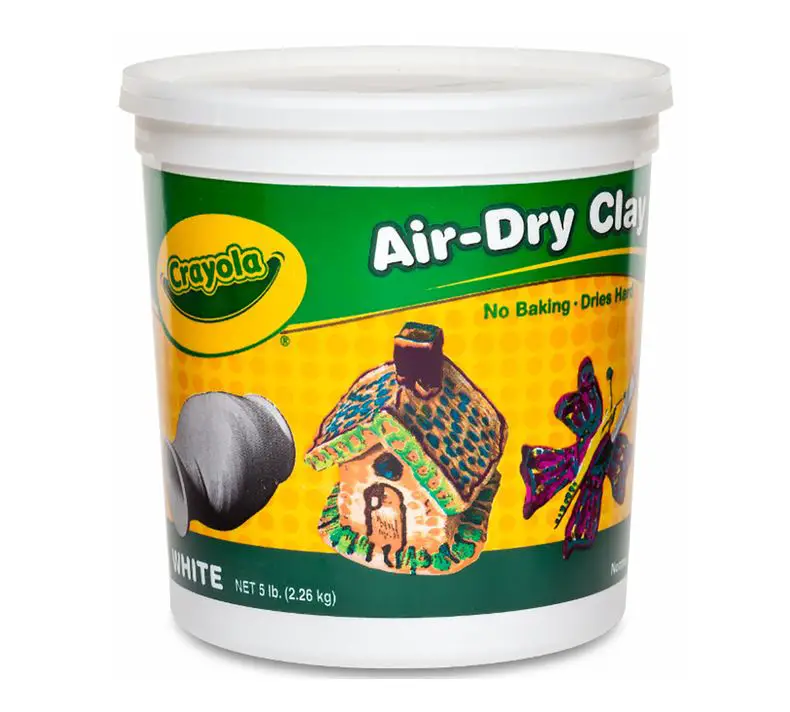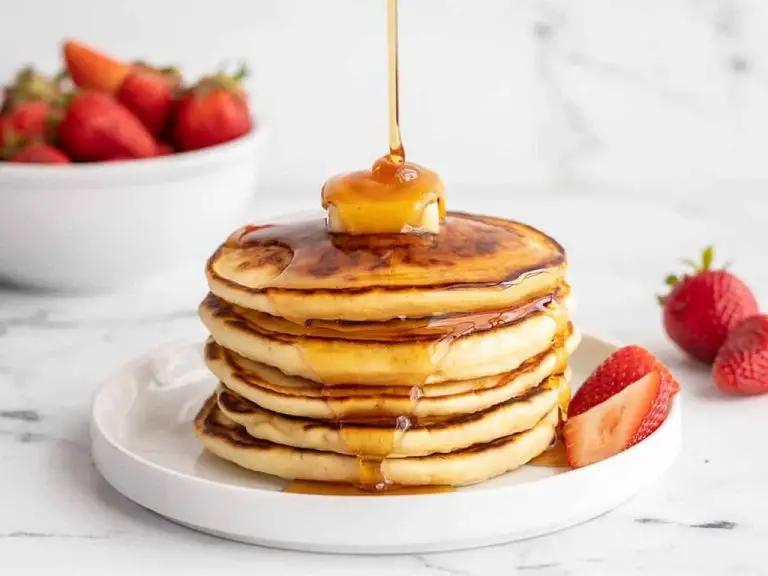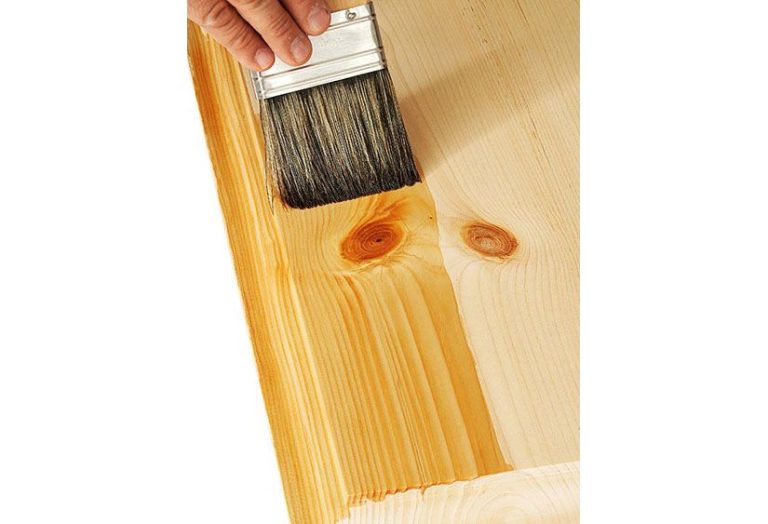Can I Bake Crayola Air Dry Clay?
What is Crayola Air Dry Clay?
Crayola Air Dry Clay was first introduced in 1999 as a modeling clay that air dries naturally without needing to bake it in the oven. It’s made from a natural earth clay and contains no toxic chemicals or additives. Crayola Air Dry Clay comes in a variety of colors and is mainly targeted for kids and classroom use. However, many artists also like using it for crafting and modeling.
Unlike oil or polymer-based clays, Crayola Air Dry Clay is water-based and remains malleable until it dries. It doesn’t harden right away when exposed to air and gives you time to mold and shape your creations. Once fully dried, it has a matte, porous finish similar to terra cotta clay. Pieces made with Crayola clay are durable yet can break if dropped. The clay is non-toxic but not meant to be eaten.
Some key differences between Crayola Air Dry Clay and polymer clays like Sculpey are that Crayola clay is safe for kids, doesn’t require baking, and takes longer to dry. Polymer clays can be more detailed but require oven baking to harden. Crayola clay is a good introductory modeling clay for learning sculpting basics at home or in the classroom.
Can Crayola Air Dry Clay Be Baked?
The instructions on Crayola’s Air Dry Clay packaging specify not to bake it. Air dry clay is designed to harden and dry at room temperature over the course of 24-48 hours. However, some crafters have tried baking Crayola Air Dry Clay with mixed results.
According to experiences shared on Quora, baking Crayola clay can cause it to crack or become brittle depending on factors like baking time and temperature (source). The clay may also darken and shrink slightly when baked. Test pieces should be baked first to determine ideal baking parameters.
In general, baking Crayola Air Dry Clay does not appear to significantly improve its durability compared to air drying. The clay is prone to cracking and breakage if overbaked. Air drying for the recommended time is the safest approach for optimal results.
What Temperature Should You Bake Crayola Clay At?
The recommended baking temperature for Crayola Air Dry Clay is 250°F (121°C). This allows the clay to fully cure and harden without scorching or melting it.
Baking at lower temperatures around 200°F (93°C) may not fully cure the clay, leaving it prone to cracking or crumbling. Higher temperatures above 250°F risk scorching or melting the clay if left too long. Pieces may brown, warp, or lose details at such high heat.
It’s best to bake Crayola clay no higher than 250°F. Check regularly and bake for shorter intervals if concerned about scorching. Allowing adequate drying time also reduces cracking when baking. With the right temperature and care, Crayola clay can be safely baked into durable, finished pieces.
How Long Should You Bake Crayola Clay For?
The recommended baking time for Crayola Air Dry Clay depends on the thickness and size of the pieces. Thinner pieces generally require less time while thicker sculptures need longer to fully bake through.
For smaller, thinner pieces that are less than 1/4 inch thick, baking for 10-15 minutes at 250°F is usually sufficient. Medium sized pieces around 1/2 inch thick may need 20-30 minutes. Allow for 35-45 minutes or more for large thick pieces over 1 inch thick.

Signs that the Crayola clay is fully baked include:
– The clay has firmed up and is hard to the touch
– It does not indent when pressed
– The surface appears matte rather than glossy
– The color has darkened slightly
Checking the clay with a toothpick can help determine if it is baked through – a baked piece will not have any moist clay sticking to the toothpick when inserted and removed.
Does Baking Change Crayola Clay’s Properties?
Baking Crayola Air Dry Clay does make some significant changes to the clay’s properties and characteristics:
Strength and Durability: Baking makes the clay much stronger and more durable. Unbaked Crayola clay is relatively fragile, while baked clay is very hard and resilient. According to one source, baked Crayola clay is even hard enough that you can drill holes in it with a power drill (1).
Texture: Baking gives the clay a harder, less porous texture. Unbaked clay is a bit rough and grainy, while baked clay is smooth and non-porous.
Finish: Baking also gives the clay a glossier, shinier finish compared to unbaked clay which is matte.
Color: In some cases, baking may cause a slight darkening or enriching of the clay’s original color. But for the most part, the coloring remains largely the same.
Overall, baking transforms Crayola Air Dry Clay from a soft, fragile material into one that is hard, durable, and almost ceramic-like. The increases in strength and longevity make baking worthwhile if you want your projects to last. Just be aware of the texture and color changes.
What Happens If You Underbake Crayola Clay?
If Crayola air dry clay is not baked long enough or at a high enough temperature, it will not fully harden and will remain soft, flexible, and prone to breaking.
There are a few risks associated with underbaking Crayola clay:
- The clay will be fragile and brittle, easily cracking or breaking when handled.
- Any paint, varnish or glaze applied may not adhere well to the tacky, soft surface.
- Pieces may slowly warp or bend out of shape over time as they fully dry.
You can identify underbaked clay if it still feels pliable, rubbery or tacky after cooling. Imprints made by fingers will remain and not bounce back. According to this tutorial video, underbaked clay will also stick to your tongue if licked.
If your Crayola clay did not fully harden from the initial baking, you can attempt to bake it again at a higher temperature or for a longer duration. While results vary, you may be able to further harden the clay by baking at 250°F-275°F for 30-60 minutes. Let the clay fully cool after the additional baking before handling.
What If You Overbake Crayola Clay?
Overbaking Crayola air dry clay can lead to some undesirable results. The main risks of overbaking include cracking, brittleness, and discoloration of the clay.
You’ll know your Crayola clay is overbaked if it feels very hard and brittle. The clay may begin to crack or break apart easier when handled. Overbaked clay will also appear lighter and chalkier. The original color may fade or yellow from extended baking time and high heat.
While overbaked clay can’t return to its original state, there are some steps you can try to salvage your creation:
- Sand any rough or sharp edges caused by cracking
- Rehydrate slightly by spritzing with water and letting sit for a bit
- Consider incorporating the cracked pieces into a mosaic or collage project
- Glue the broken pieces together with strong adhesives like epoxy
- Paint the clay with acrylics to help hold it together and restore color
Going forward, be sure to follow package instructions closely when baking Crayola air dry clay. Start with shorter baking times at lower temperatures to avoid overbaking your projects. Allowing the clay to fully air dry before baking will also reduce the chances of cracking.
Can You Rehydrate Baked Crayola Clay?
Yes, it is possible to rehydrate baked Crayola air dry clay to make it malleable again. However, the properties and workability of the clay will change after being baked and rehydrated.
One technique to rehydrate baked clay is to place it in a resealable plastic bag with a damp paper towel. Let it sit overnight, monitoring to make sure condensation forms inside the bag. The moisture will slowly soften the clay. Another option is to knead a few drops of water directly into the baked clay until it becomes workable.
Rehydrated clay will be more brittle and less smooth than clay that has air dried only. The baking process permanently alters the clay’s properties. Rehydrated clay also dries faster than fresh clay. You may need to work in smaller sections and remold pieces if they become too dry and crack while sculpting.
In most cases, low temperature baked clay can be salvaged and reused by rehydrating. However, if the clay was baked at very high temperatures into a rock-hard state, it likely cannot be restored to a flexible, workable material.
Tips for Baking Crayola Air Dry Clay
Here are some tips and tricks for successfully baking Crayola Air Dry Clay:
For best results, bake Crayola clay in a cold oven. Preheat the oven to 275F and place the clay pieces inside. Then turn on the oven and bake for 15-20 minutes per 1/4 inch of thickness. Using a cold oven prevents cracking and allows the clay to bake slowly and evenly throughout. According to this source, baking in a cold oven is the most reliable method.
Avoid baking the clay at temperatures over 275F. Higher heat can cause cracking or scorching. Also, resist the urge to speed up drying by using your oven’s broil setting – this will likely burn the outside before fully hardening the inside.
Place pieces on a foil-lined baking sheet so they don’t stick. Allow proper airflow by spacing them at least 1 inch apart. Flipping pieces halfway through can help them bake evenly.
To improve durability of finished pieces, you can apply a sealant like Mod Podge or acrylic spray after baking. This helps protect the clay from moisture and potential cracking or chipping when handled.
Check clay pieces frequently near the end of recommended baking times to avoid overbaking. The clay should be hardened all the way through but not browned or brittle. A toothpick inserted into the thickest area should come out clean when fully baked.
What are the Best Uses for Baked Crayola Clay?
Baked Crayola clay is excellent for making more durable arts and crafts pieces, especially when compared to air dry clay. Some of the best uses for baked Crayola clay include:
Jewelry and Accessories
Baked Crayola clay is strong enough to be worn as jewelry, hair clips, brooches, or other accessories. Pieces will hold their shape without warping or cracking (1).
Figurines and Miniatures
The fine detail possible with Crayola clay makes it great for sculpting tiny figurines, miniatures like dollhouse items, and model scenery. Baking makes these sturdier for play or display (2).
Home Decor
From wall plaques to vases, many decorative household items can be made from baked Crayola clay. The durable finish allows these pieces to withstand regular use and cleaning (1).
Overall, baked Crayola clay delivers increased strength and longevity ideal for projects requiring more rigidity and sturdiness. From jewelry to figurines and beyond, baked Crayola clay brings an artistic flair with durability.
(1) https://www.crayola.com/crafts/air-dry-clay/
(2) https://www.pinterest.com/pin/908828066000498462/




